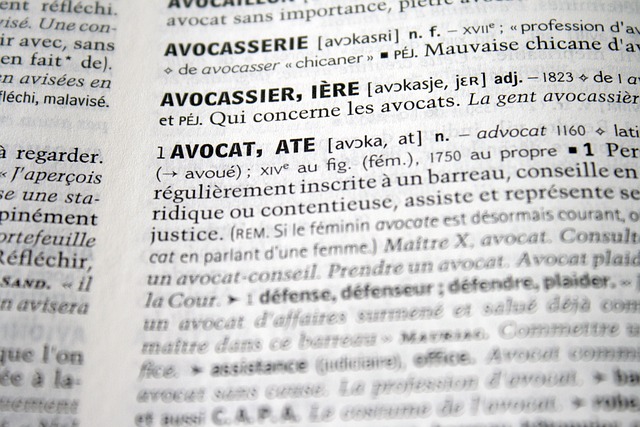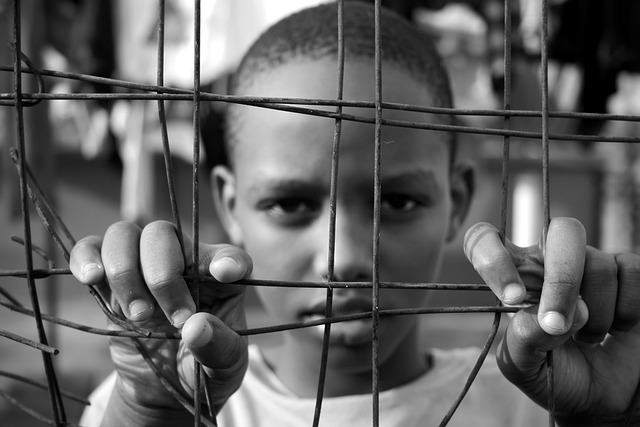Youth DUI, a critical criminal justice issue, severely impacts first-time offenders, with consequences including fines, license suspension, and jail time. Effective Youth DUI Prevention Programs focus on education, responsible behavior promotion, and support for mistakes made, aiming to prevent future offenses. Second Chance Programs, collaborating with schools, law enforcement, and community organizations, offer redemption through interactive workshops, counseling, and peer mentoring, helping at-risk youth make healthier choices.
In the realm of youth DUI prevention, understanding the impact and challenges faced by first-time offenders is crucial. This article delves into “Understanding Youth DUI: The Impact and Challenges,” exploring the complexities that often lead to these incidents. Subsequently, it introduces “Second Chance Programs,” examining innovative strategies to effectively mitigate Youth DUI Prevention Programs, offering hope for a safer future.
- Understanding Youth DUI: The Impact and Challenges
- Second Chance Programs: Strategies for Effective Youth DUI Prevention
Understanding Youth DUI: The Impact and Challenges

Youth DUI, or driving under the influence for first-time offenders, presents a unique challenge in the realm of criminal justice and public safety. It’s a significant issue that impacts not only the individual but also their community and future prospects. The consequences can be severe, often leading to fines, license suspension, and even jail time for young drivers who make the mistake of getting behind the wheel while impaired. These penalties are designed to deter such behavior, yet they also highlight the need for comprehensive Youth DUI Prevention Programs.
The impact extends beyond the immediate arrest, affecting academic performance, future employment opportunities, and social relationships. Many first-time offenders struggle with the stigma attached to their record, which can make it hard to integrate back into society. Effective prevention programs aim to educate young people about the dangers of drinking and driving, promote responsible behavior, and offer support for those who have made mistakes. By addressing these challenges head-on, communities can foster a culture where Youth DUI is seen as preventable, not inevitable.
Second Chance Programs: Strategies for Effective Youth DUI Prevention

Second Chance Programs play a pivotal role in Youth DUI (Drunk Driving Under Influence) Prevention strategies. These initiatives offer a path to redemption and responsible behavior for first-time offenders, potentially diverting them from a life of recurring offenses. By providing education, counseling, and structured support, these programs aim to address the root causes of underage drinking and driving. Through interactive workshops, peer mentoring, and community service, youth learn about the consequences of their actions, develop healthier coping mechanisms, and gain insights into making better decisions.
Effective Youth DUI Prevention Programs also involve collaboration between schools, law enforcement, and community organizations. This multi-faceted approach ensures that at-risk youth receive a comprehensive support system. By integrating these programs into existing educational and social services, communities can create a network of safety and guidance, fostering a culture where responsible choices are encouraged and reinforced.
Youth DUI, a serious issue with long-lasting consequences, demands innovative solutions. Second chance programs emerge as a promising strategy in Youth DUI prevention, offering support and guidance to first-time offenders. By implementing evidence-based interventions and providing access to resources, these programs aim to reduce reoffending rates and foster positive development. Investing in such initiatives is crucial for creating a safer future, ensuring that young individuals receive the necessary help to make better choices and avoid the destructive cycle of DUI offenses. Effective Youth DUI prevention requires a comprehensive approach, and second chance programs play a vital role in achieving this goal.






